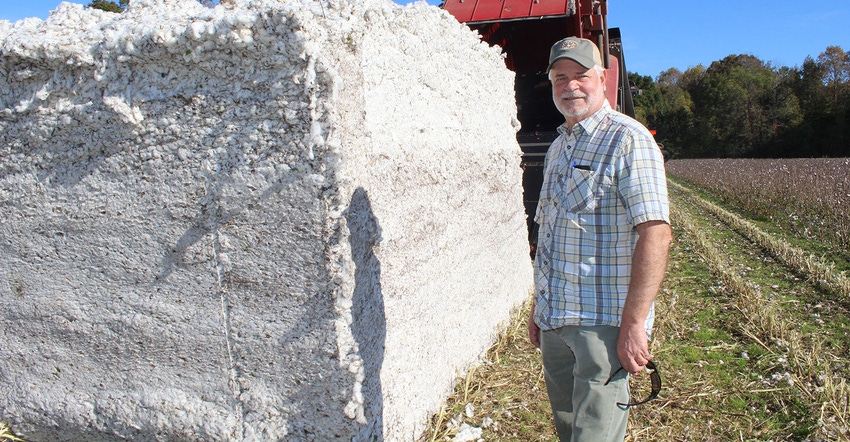
Via a statewide referendum, Tennessee cotton producers recently voted to continue the assessment that funds the Boll Weevil Eradication Program (BWEP) in their state. A two-thirds majority was required to keep the effort in place.
Producers cast their ballots at their local USDA/FSA offices, and of the 326 total votes, 320 were in favor of continuing the program. A referendum authorizing assessments must, by law, be conducted every 10 years. The BWEP began in Tennessee in 1994.
The program allowed cotton producers to fund efforts to spray, trap, and conduct ongoing surveillance for boll weevil control. “The boll weevil was declared officially eradicated in our state in 2009,” says Willie German, Tennessee cotton producer and vice chairman of Tennessee BWEP Committee “Passage of this referendum ensures that we can continue to fund the buffer zone on the Texas/Mexico border for the next 10 years, and that’s vitally important to keep the boll weevil from regaining a foothold in the United States.”
The current focus of the program is one of monitoring cotton acres in the state. Since the program began, cotton insecticide use has been reduced 40 to 90 percent, and cotton yields have increased significantly.
According to USDA’s National Agricultural Statistics Service, Tennessee ranks ninth among all cotton producing states for cotton planted acreage. According to the National Cotton Council, in 2017, Tennessee cotton producers harvested 355,000 acres that produced 780,000 bales of fiber.
About the Author(s)
You May Also Like




